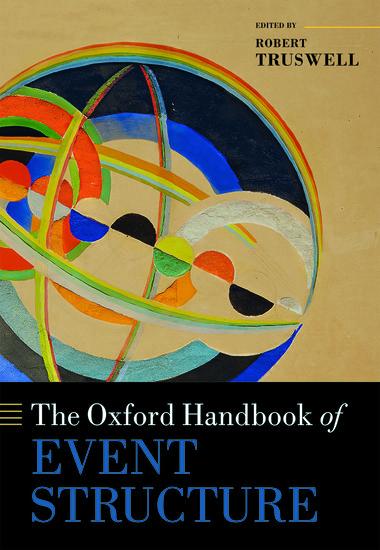This handbook explores what events are, how we perceive them, how we use language to describe them, how we reason with them, and the role they play in the organization of grammar and discourse. It takes an interdisciplinary approach with insights from linguistics, philosophy, psychology, cognitive science, and computer science.
Inhaltsverzeichnis
- 1: Robert Truswell: Introduction
- Part I: Events and Natural Language Metaphysics
- 2: Anita Mittwoch: Aspectual classes
- 3: Claudia Maienborn: Events and states
- 4: Robert Truswell: Event composition and event individuation
- 5: Richmond H. Thomason: The semantic representation of causation and agentivity
- 6: Bridget Copley: Force dynamics
- 7: Henk J. Verkuyl: Event structure without naïve physics
- 8: Berit Gehrke: Event kinds
- Part II: Events in Morphosyntax and Lexical Semantics
- 9: Nikolas Gisborne and James Donaldson: Thematic roles and events
- 10: Lisa Levinson: Semantic domains for syntactic word-building
- 11: Terje Lohndal: Neodavidsonianism in semantics and syntax
- 12: Gillian Ramchand: Event structure and verbal decomposition
- 13: Friederike Moltmann: Nominals and event structure
- 14: Rebekah Baglini and Chris Kennedy: Adjectives and event structure
- Part III: Crosslinguistic Perspectives
- 15: Beth Levin and Malka Rappaport Hovav: Lexicalization patterns
- 16: Tova Rapoport: Secondary predication
- 17: Tal Siloni: Event structure and syntax
- 18: Lisa deMena Travis: Inner aspect crosslinguistically
- Part IV: Events, Cognition, and Computation
- 19: Hans Kamp: Tense and aspect in Discourse Representation Theory
- 20: Andrew Kehler: Coherence relations
- 21: Mark Steedman: Form-independent meaning-representation for eventualities
- 22: Neil Cohn and Martin Paczynski: The neurophysiology of event processing in language and visual events

































